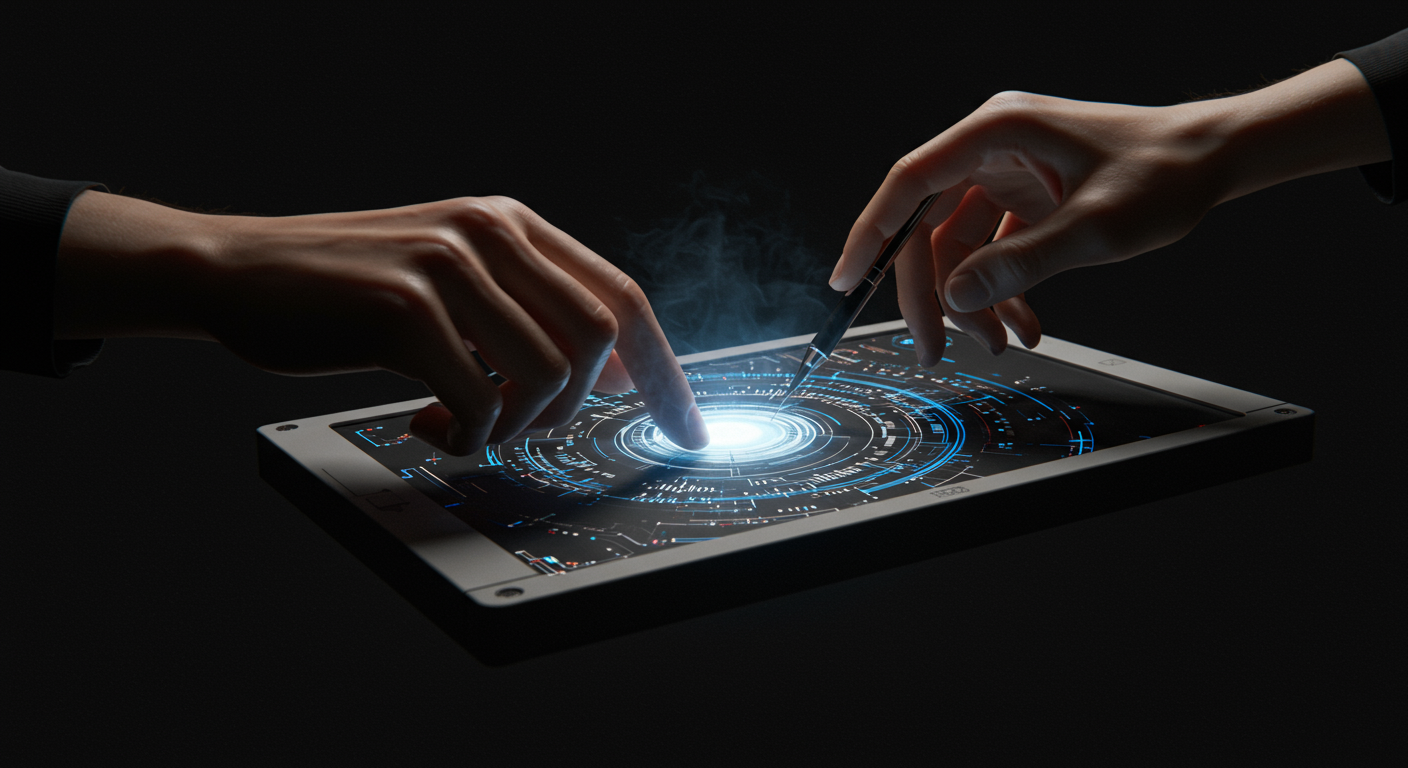Holographic Touchscreens: The Next Frontier in User Interfaces
In a world where our devices are becoming increasingly sleek and minimalist, a groundbreaking technology is emerging that could redefine how we interact with our gadgets. Holographic touchscreens, once confined to the realm of science fiction, are now on the cusp of becoming a tangible reality. This innovative interface promises to blend the tactile satisfaction of physical buttons with the versatility of digital displays, potentially revolutionizing everything from smartphones to smart home controls.

Breaking the Physical Barrier
Traditional touchscreens are limited by their two-dimensional nature. Holographic interfaces aim to shatter this constraint by projecting interactive elements into three-dimensional space. This leap allows for a more intuitive and immersive user experience, where virtual objects can be manipulated as if they were physical entities.
The Technology Behind the Magic
At the heart of holographic touchscreens lies a complex interplay of cutting-edge technologies. Advanced light projection systems create the visual elements, while precisely calibrated sensors track user movements. Haptic feedback generators provide tactile responses, completing the illusion of interacting with solid objects.
Challenges and Breakthroughs
Developing holographic touchscreens hasn’t been without its hurdles. Early prototypes struggled with issues like limited viewing angles and poor visibility in bright environments. Recent breakthroughs in nano-photonics and adaptive optics have significantly improved image stability and clarity, making the technology viable for real-world applications.
Potential Applications and Market Impact
The potential applications for holographic touchscreens are vast and varied. In the automotive industry, they could revolutionize dashboard interfaces, enhancing both safety and user experience. For smartphones, they offer the possibility of expandable displays that don’t compromise device portability. In healthcare, holographic interfaces could provide surgeons with intuitive 3D controls during complex procedures.
Market analysts predict that the holographic display market could reach $11.65 billion by 2027, with touchscreen applications playing a significant role. As the technology matures, we can expect to see early adoption in high-end consumer electronics and specialized professional equipment.
Current State of Development
Several tech giants and startups are racing to bring holographic touchscreens to market. Companies like Microsoft, with its HoloLens technology, and Magic Leap have already made significant strides in augmented reality displays. However, fully integrated holographic touchscreens for everyday devices are still in the research and development phase.
The User Experience Reimagined
Imagine scrolling through your photo gallery by manipulating holographic thumbnails floating above your phone, or adjusting your smart home’s temperature by turning a virtual thermostat dial in mid-air. Holographic touchscreens promise to make these sci-fi scenarios a reality, offering a more natural and intuitive way to interact with digital content.
Overcoming Public Perception
One of the biggest challenges facing holographic touchscreens is public perception. Many consumers associate holograms with gimmicky effects rather than practical technology. Educating the public about the practical benefits and demonstrating the technology’s reliability will be crucial for widespread adoption.
The Road Ahead
As with any emerging technology, holographic touchscreens face several hurdles before becoming mainstream. Power consumption, cost of production, and integration with existing software ecosystems are all areas that require further development. However, the potential benefits in terms of user experience and device functionality make this a technology worth watching closely.
In conclusion, holographic touchscreens represent a fascinating convergence of optics, haptics, and user interface design. While still in its early stages, this technology has the potential to reshape our digital interactions fundamentally. As research progresses and prototypes become more refined, we may soon find ourselves reaching into thin air to control our devices, marking a new chapter in the evolution of human-computer interaction.





